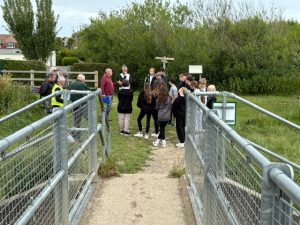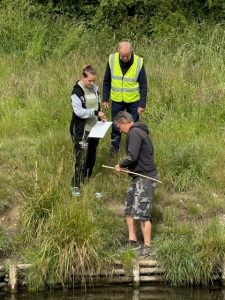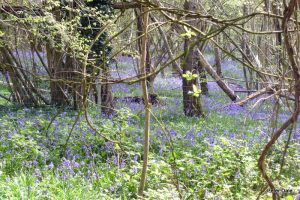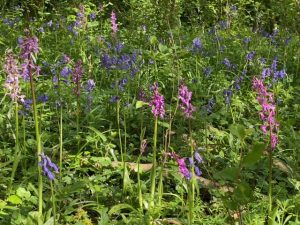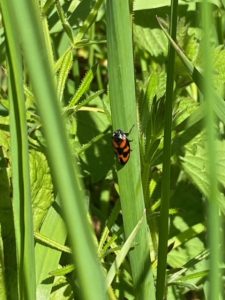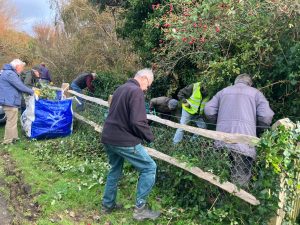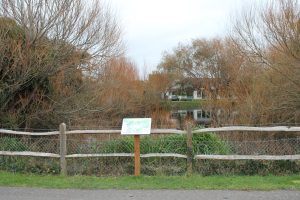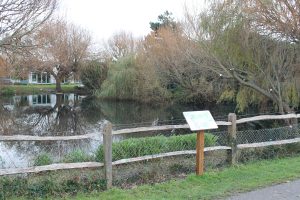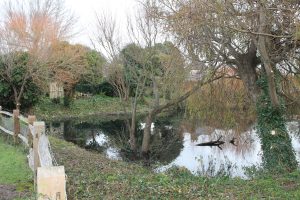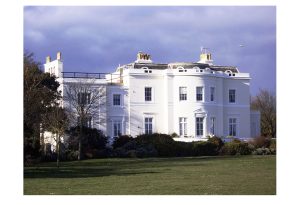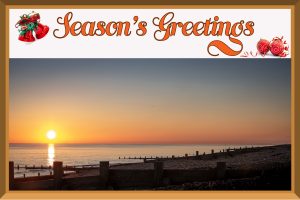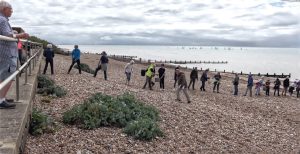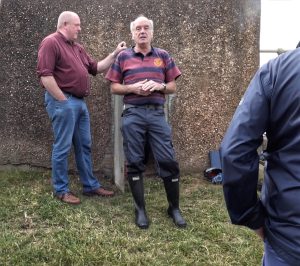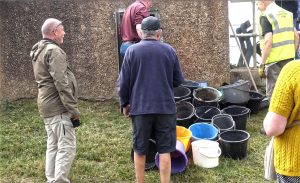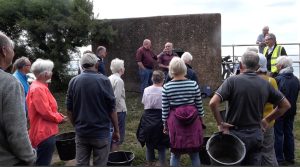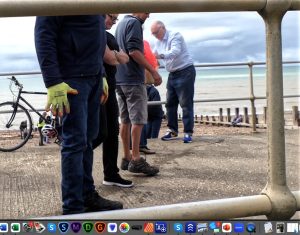With clipboards at the ready around 30 students recently joined Ferring Conservation Group, in a morning and afternoon session, on their monthly water quality testing of the Ferring Rife.
The Group’s new Chairman Pete Coe gave an introductory talk advising the students of why the river is tested regularly and ways in which rivers can become polluted through human activity. Pete went on to give examples of possible local issues contributing to this.
A member of the Group and long-time resident Peter Dale then informed the students of the history of the Rife including the efforts made to alleviate flooding of nearby properties.
Group Secretary David Bettiss then spoke to the students regarding the testing scheme used and the levels of contaminants looked for to ensure good water quality essential for a healthy ecosystem. David then proceeded to gather water from the Rife and commenced the testing process advising the students at every stage and asking for some assistance along the way. David explained that the results of the exercise were not only manually recorded but also entered into the Angling Trust App. This nationwide project hopes to allow further understanding of how agriculture and sewage disposal are the largest contributors to poor water quality in our waterways.
Measurement of surface water flow is an important component of many water quality monitoring projects. Aquatic life support is directly influenced by streamflow and calculation of pollutants requires knowledge of water flow. Therefore, with help from several of the students, Group member Ian Foster conducted a basic water flow test.
The students carried out this exercise as part of their John Muir Award scheme and this gave them the opportunity to become ‘Citizen Scientists’ helping them to develop and learn and become conscious of the impact of their actions on others and on the environment around them.
Ferring Conservation Group look forward to working with the school on projects in the future.

